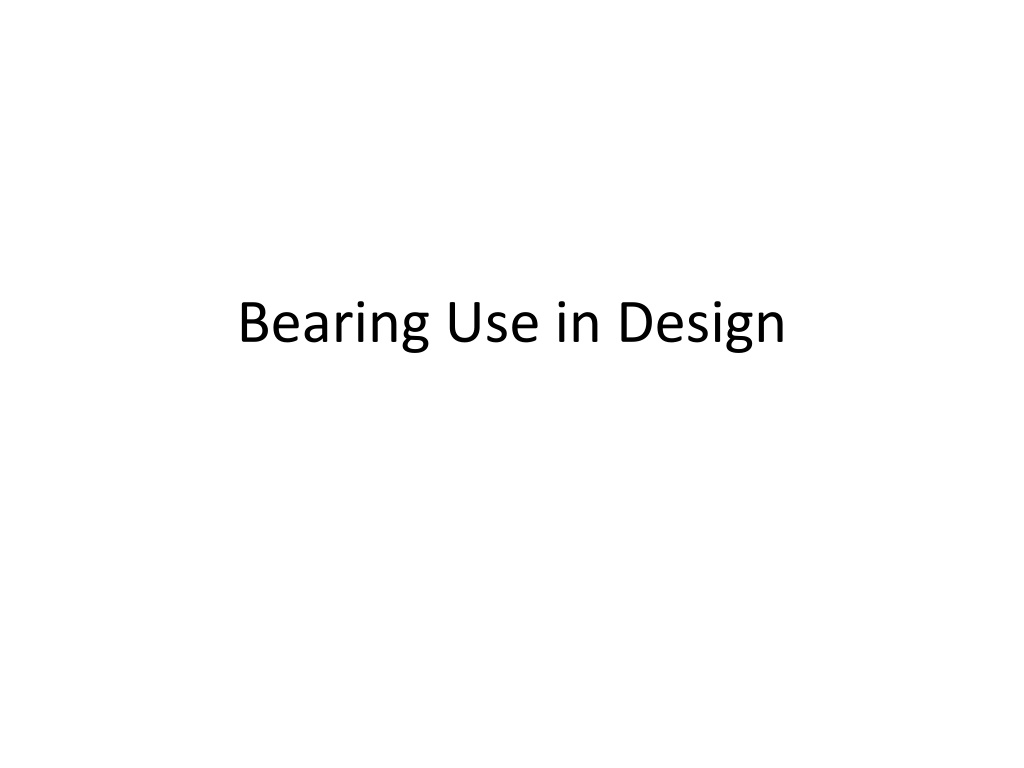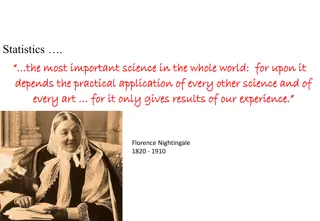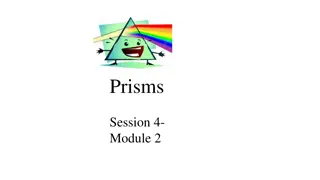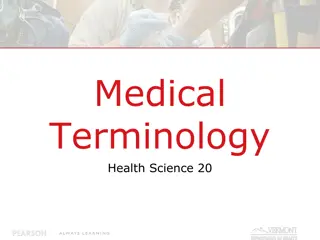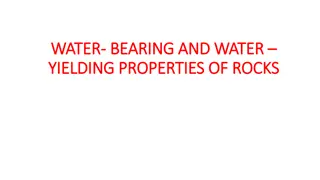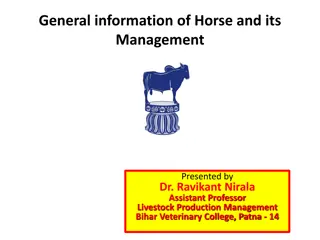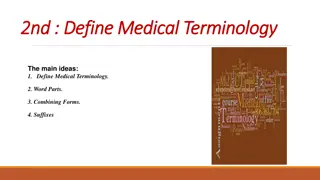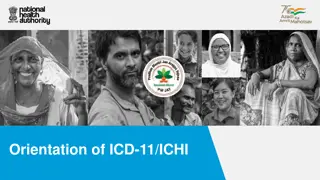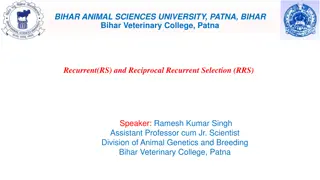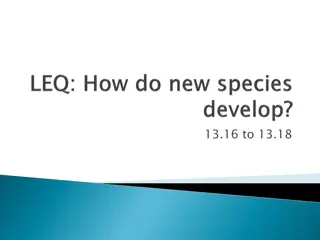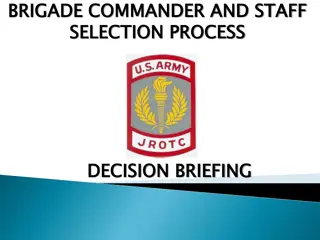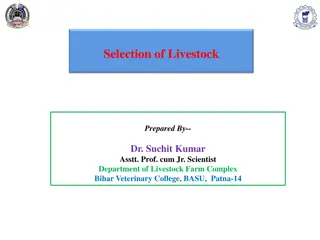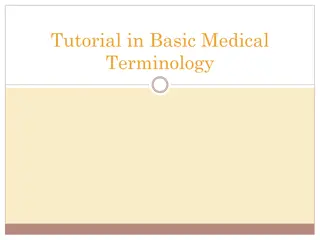Comprehensive Guide to Bearing Terminology and Selection
Explore bearing terminology, types, arrangement, selection criteria, and load considerations in design. Learn about radial and thrust bearing types, suitable for different applications, and make informed choices for optimal performance in various mechanical systems.
Download Presentation

Please find below an Image/Link to download the presentation.
The content on the website is provided AS IS for your information and personal use only. It may not be sold, licensed, or shared on other websites without obtaining consent from the author. Download presentation by click this link. If you encounter any issues during the download, it is possible that the publisher has removed the file from their server.
E N D
Presentation Transcript
Bearing Terminology Lubricant Bearing = Raceway Rolling Elements Cage Seal
Bearing Arrangement Terminology 1. 2. 3. 4. 5. 6. 7. 8. 9. 10. 11. 12. 13. Cylindrical roller bearing Four-point contact ball bearing Housing Shaft Shaft abutment shoulder Shaft diameter Locking plate Radial shaft seal Distance ring Housing bore diameter Housing bore Housing cover Snap ring
Radial Bearing Types Deep Groove Angular Contact Self Aligning Cylindrical Roller Full Complement Cylindrical Roller Needle Roller Tapered Roller
Thrust Bearing Types Thrust Ball Bearing Single Direction Thrust Ball Bearing Double Direction Angular Contact Cylindrical Roller Needle Roller Tapered Roller
Bearing Selection Space Limited Radial Space Choose bearing with low cross-sectional height EX. Needle roller and cage assemblies Limited Axial Space Choose bearings that can handle combined loads EX. Cylindrical roller, deep groove, needle roller
Bearing Selection Loads Magnitude Roller bearings support heavier loads than similar sized ball bearings Full complement roller bearings support heavier loads than corresponding caged bearings Radial Some cylindrical roller and all needle roller
Bearing Selection Loads Axial Thrust ball bearing and four-point contact ball Angular contact thrust ball bearings
Bearing Selection Loads Combined Greater the angle of contact, greater ability to handle axial loads
Bearing Selection Loads Moment Eccentric loads resulting in tilting moment Best: paired single row angular contact bearings or tapered roller bearings
Bearing Selection Misalignment Rigid Bearings Deep groove and cylindrical roller Cannot accommodate misalignments well Accommodating Bearings Self-aligning ball bearings, spherical roller (radial and thrust)
Bearing Selection Speed Highest Speeds Purely Radial Loads Deep Groove Ball Bearings Self Aligning Ball Bearings Combined Loads Angular Contact Thrust bearings cannot accommodate as high speeds as radial
Seals Purpose Keep contaminants out, and lubricant in the bearing cavity Types Seals in contact with stationary surfaces (static) / sliding surfaces (dynamic) Non-contact seals Bellows and membranes
Bearing Arrangement Locating and Non-locating Stiff Deep groove ball bearing with cylindrical roller bearing Self-Aligning Self-aligning ball bearing with toroidal roller bearing
Selection of Fit The heavier the load, particularly if it is a shock load, the greater the interference fit Elements will heat up differently causing expansion Tolerances on shaft and housing http://www.skf.com/group/products/bearings-units-housings/ball-bearings/principles/application-of-bearings/radial-location-of- bearings/selection-of-fit/recommended-fits/index.html
Methods of Location Locking Washer Washer engages keyway in shaft Tab is bent over into slot on circumference of nut Locking Screw Prevents nut from turning
Bearing Load Dynamic Load to failure after 1,000,000 revolutions (ISO 281:1990) Shows metal fatigue (flaking, spalling) on rings or rolling elements Static Rotate at slow speeds (< 10 RPM) Perform very slow oscillating movements Stationary under load for certain extended periods
Service Life Factors Contamination Wear Misalignment Corrosion Cage Failure Lubrication Seal
Designing For Disassembly Add threaded holes to use screws to jack bearings out of housings Add porting and grooves to use high pressure oil to dismount bearings
Introducing Pre-Load Enhance stiffness Quiet running Accurate shaft guidance Compensates for wear and settling Longer service life
